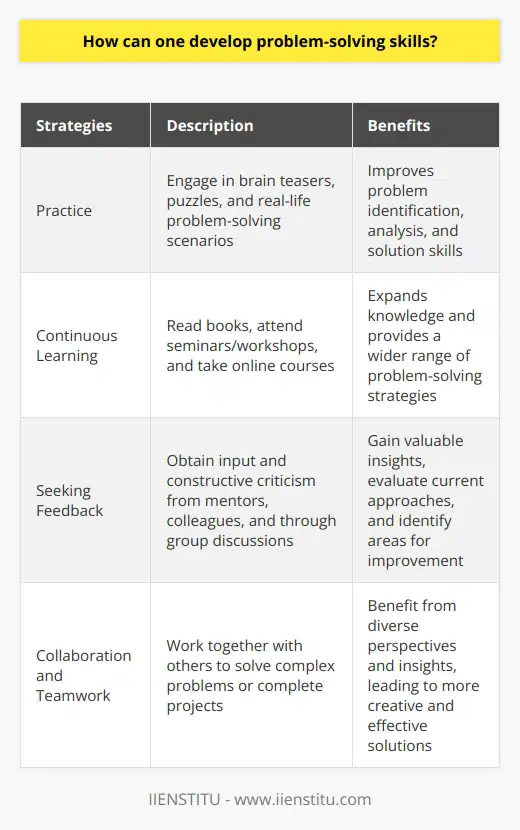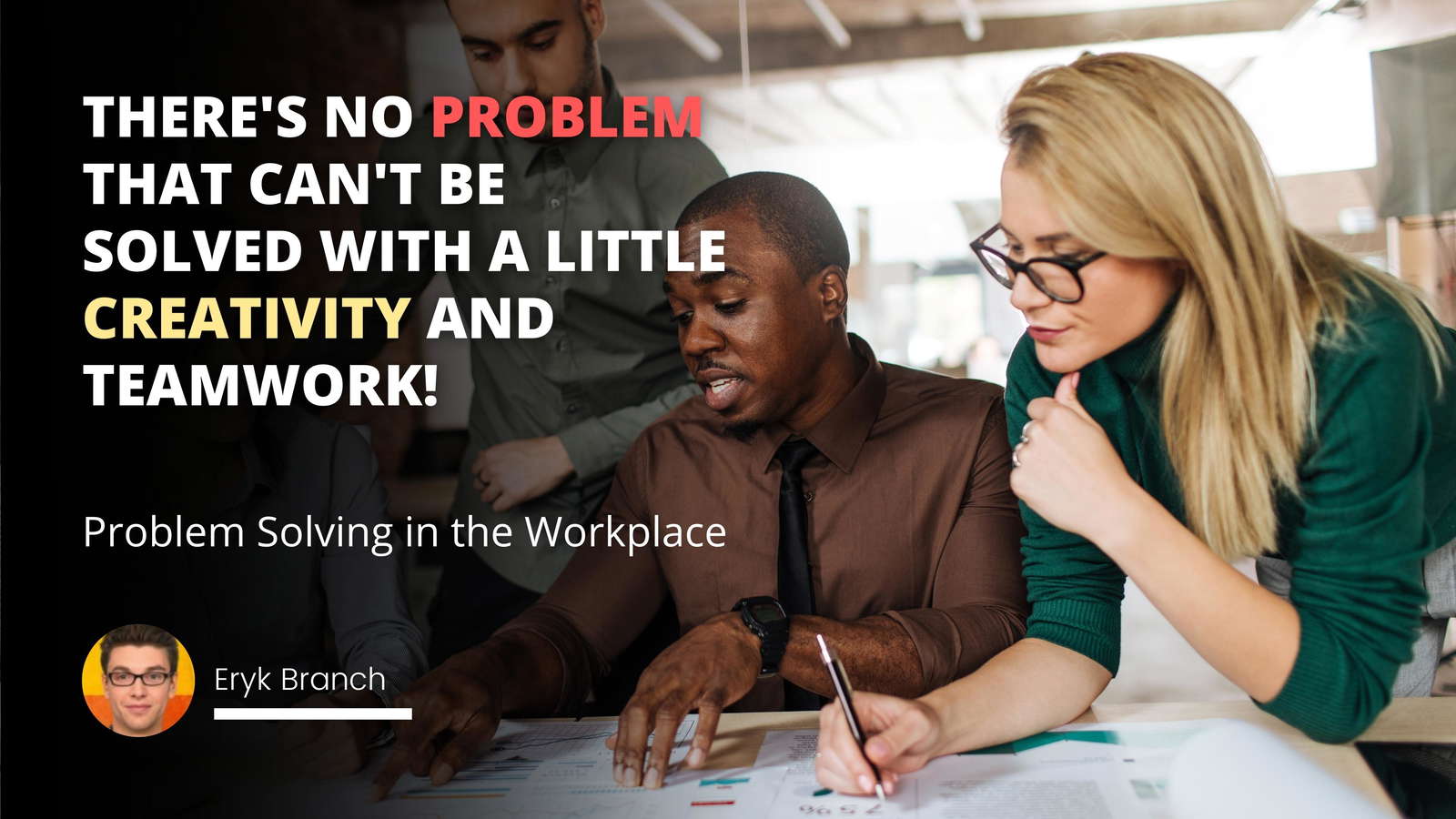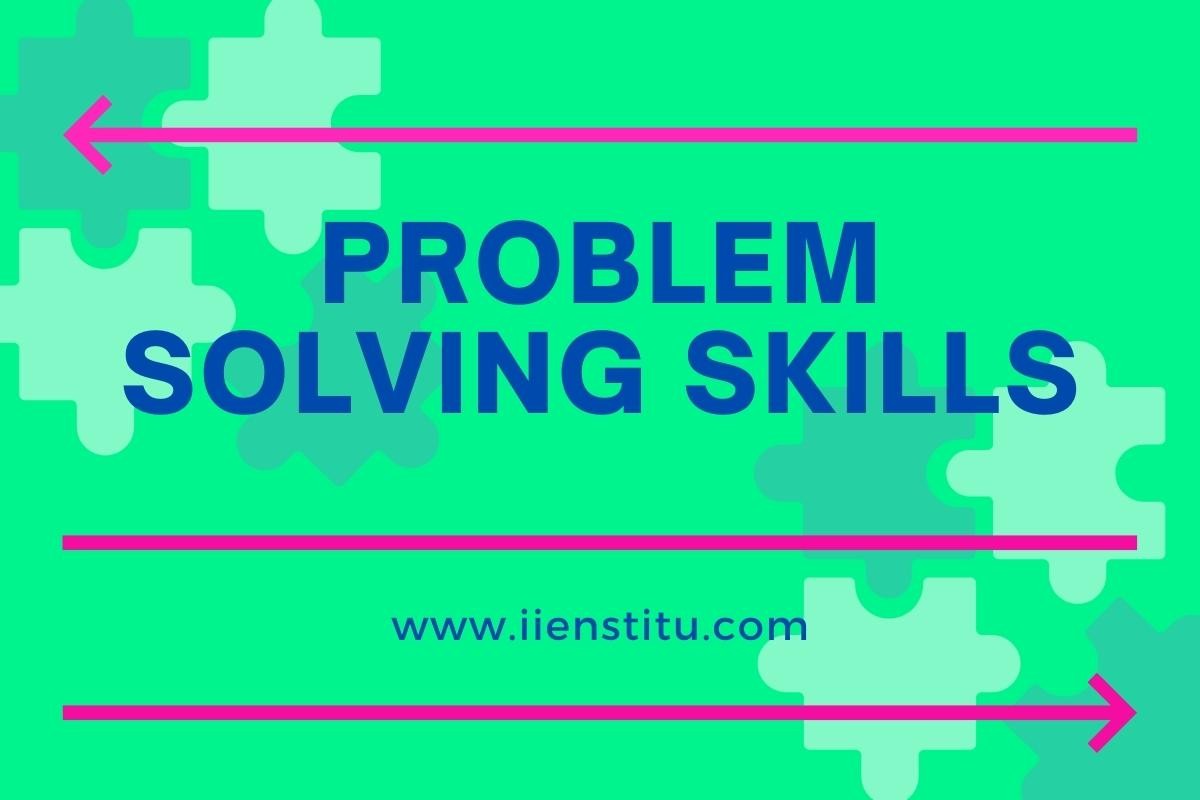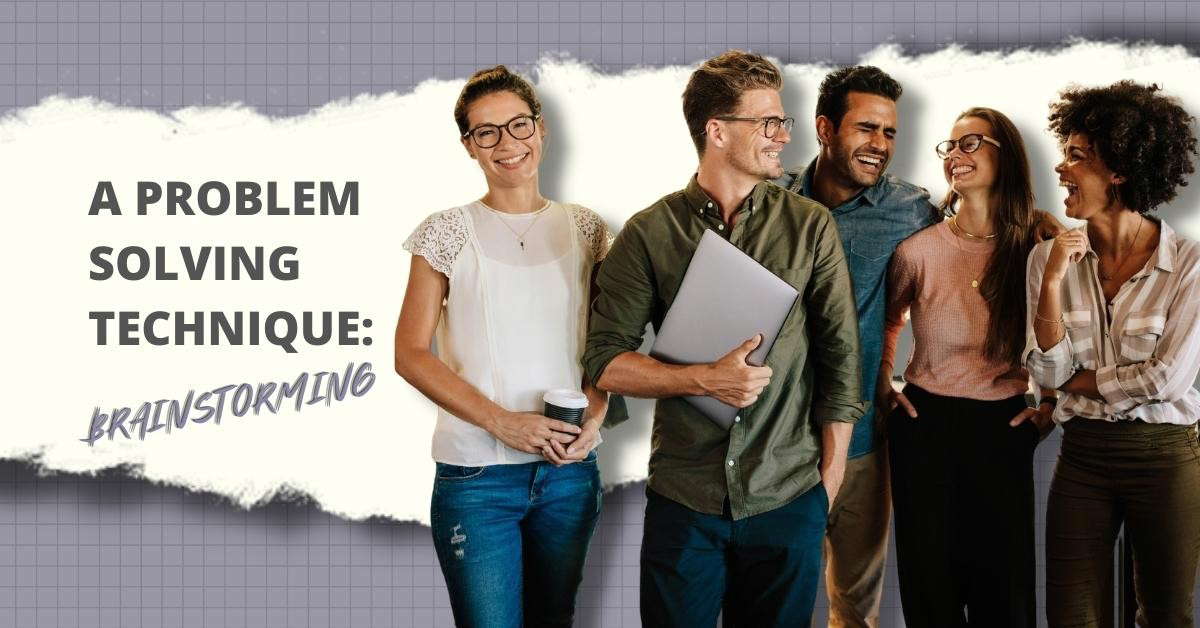
Problem-solving is an essential skill in today's professional landscape. Whether you're applying for a junior position or a managerial role, the ability to prioritize problem-solving is highly sought after. Employers want to ensure that candidates understand how to approach problems systematically and effectively.
In this article, we will delve into the reasons why this question is asked, the purpose behind it, the level of interviews it is typically asked, what kind of answer is expected, and provide insights into possible answers. So, let's explore the art of prioritizing problem-solving together!
Why is this question asked?
The question 'How do you prioritize problem-solving?' is commonly asked in interviews to assess a candidate's critical thinking abilities and their approach to tackling complex challenges. Employers want to evaluate the candidate's problem-solving process and their ability to identify key issues, evaluate potential solutions, and determine the most effective course of action.
This question gives employers insight into a candidate's decision-making skills, analytical thinking, and their aptitude for addressing problems in a structured manner.
The Purpose behind the question:
The purpose of asking this question is to gauge the candidate's problem-solving competencies and their capacity to handle work-related challenges. Employers want to determine if the candidate possesses the ability to identify and prioritize relevant issues, as well as their aptitude for developing and implementing effective solutions.
How To Rate Expertise İn Digital Marketing İnterview Question
Technologies For Enhancing Supply Chain Visibility İnterview Strategies
Effective problem-solving leads to increased productivity, innovation, and enhanced organizational performance. By understanding how candidates prioritize problem-solving, employers can evaluate their potential contribution to the team and the organization as a whole.
Level of interviews it is asked:
Interview Question: How Do Time Management Techniques Vary for You Weekdays vs. Weekends?
Interview Question: How Have Your Time Management Strategies Evolved Over the Years?
The question 'How do you prioritize problem-solving?' is often asked at various levels of interviews, including entry-level, mid-level, and senior positions. While the complexity of the problems may vary depending on the position, the fundamental skills required for effective problem-solving remain consistent.
Therefore, candidates at all levels must demonstrate their problem-solving abilities and their approach to prioritizing problem-solving.
Expected answer from the candidate:
When answering this question, candidates should emphasize their ability to prioritize problems by considering factors such as urgency, impact on goals, and available resources. Additionally, the candidate should showcase their analytical thinking by explaining how they identify and assess the root causes of the problem.
They should discuss their approach to gathering data and information, analyzing alternatives, and evaluating potential solutions. Employers are also interested in candidates who can demonstrate their ability to collaborate with others, seek input, and consider diverse perspectives when prioritizing problem-solving.
Possible answers:
1. Structured Approach:
A candidate could explain their preference for a structured method like the PDCA (Plan-Do-Check-Act) cycle or the 5 Whys technique to prioritize problem-solving. They should highlight their ability to break down complex problems into manageable parts, identify the underlying causes, and develop targeted solutions.
By following a structured approach, candidates demonstrate their ability to prioritize problem-solving by focusing on the most pressing issues first.
2. Impact and Urgency:
Another approach candidates can discuss is prioritizing problems based on their impact on goals and urgency. They can explain how they evaluate the potential consequences of a problem and identify the ones that directly impact organizational objectives.
By prioritizing urgent issues that have significant repercussions, candidates display their ability to focus on solving problems that deliver the greatest value to the organization.
3. Collaboration and Input:
Candidates can emphasize their ability to prioritize problem-solving by seeking collaboration and input from team members or other stakeholders. This showcases their capacity to understand different perspectives and consider diverse solutions.
By involving others in the problem-solving process, candidates illustrate their ability to prioritize team dynamics and foster a collaborative environment.
What to pay attention to when answering:
When answering this question, candidates should demonstrate both their technical problem-solving skills and their behavioral competencies. They should emphasize their ability to think critically, analyze situations, and develop effective solutions.
Additionally, candidates should showcase their flexibility, adaptability, and willingness to learn from previous problem-solving experiences.
Employers are looking for candidates who can not only address immediate challenges but also contribute to the long-term success of the organization.
Prioritizing problem-solving is an indispensable skill that employers value across all levels of interviews. By assessing a candidate's approach to handling problems, employers gain valuable insights into their ability to make strategic decisions, collaborate with others, and drive organizational success.
When answering this question, candidates should emphasize their systematic approach, their ability to prioritize based on impact and urgency, and their inclination towards collaboration and input from others.
By showcasing strong problem-solving capabilities, candidates increase their chances of standing out in interviews and securing the desired job opportunity.
Similar questions:
What strategies do you use to determine which problems need immediate attention and which can be addressed later?
Can you explain your approach to prioritizing problem solving in a step-by-step manner?
How do you decide which problems should be given the highest priority for resolution?
What factors do you consider when determining the order in which to address and solve problems?
Are there any specific criteria you follow when ranking problems in terms of importance and urgency?
Can you describe a situation where you had to quickly decide the priority of multiple problems and how you handled it?
How do you ensure that you allocate the appropriate time and resources to effectively solve each problem?
What techniques do you utilize to prevent problem-solving tasks from becoming overwhelming?
How do you manage competing priorities and conflicting needs when it comes to problem solving?
Have you ever had to reprioritize your problem-solving approach midway through a project? If so, can you explain the situation and how you adapted?
What role does feedback from stakeholders play in your decision-making process for problem-solving prioritization?
How do you balance short-term problem-solving needs with long-term strategic goals?
Can you describe a time when you had to reevaluate the priority of a problem and make adjustments based on new information or changing circumstances?
Are there any specific tools or techniques you use to assist you in prioritizing and managing problem-solving tasks?
What measures do you take to ensure that important problems are not overlooked or forgotten in the midst of multiple tasks?
How do you communicate your problem-solving priorities to your team or colleagues?
What do you do if you encounter resistance or disagreement from others regarding the priority of a problem-solving task?
Can you explain how you balance urgency and importance when it comes to problem-solving prioritization?
What steps do you take to regularly review and reassess the priority of ongoing problem-solving efforts?
How do you track and document the progress and outcomes of different problem-solving tasks in order to inform future prioritization decisions?
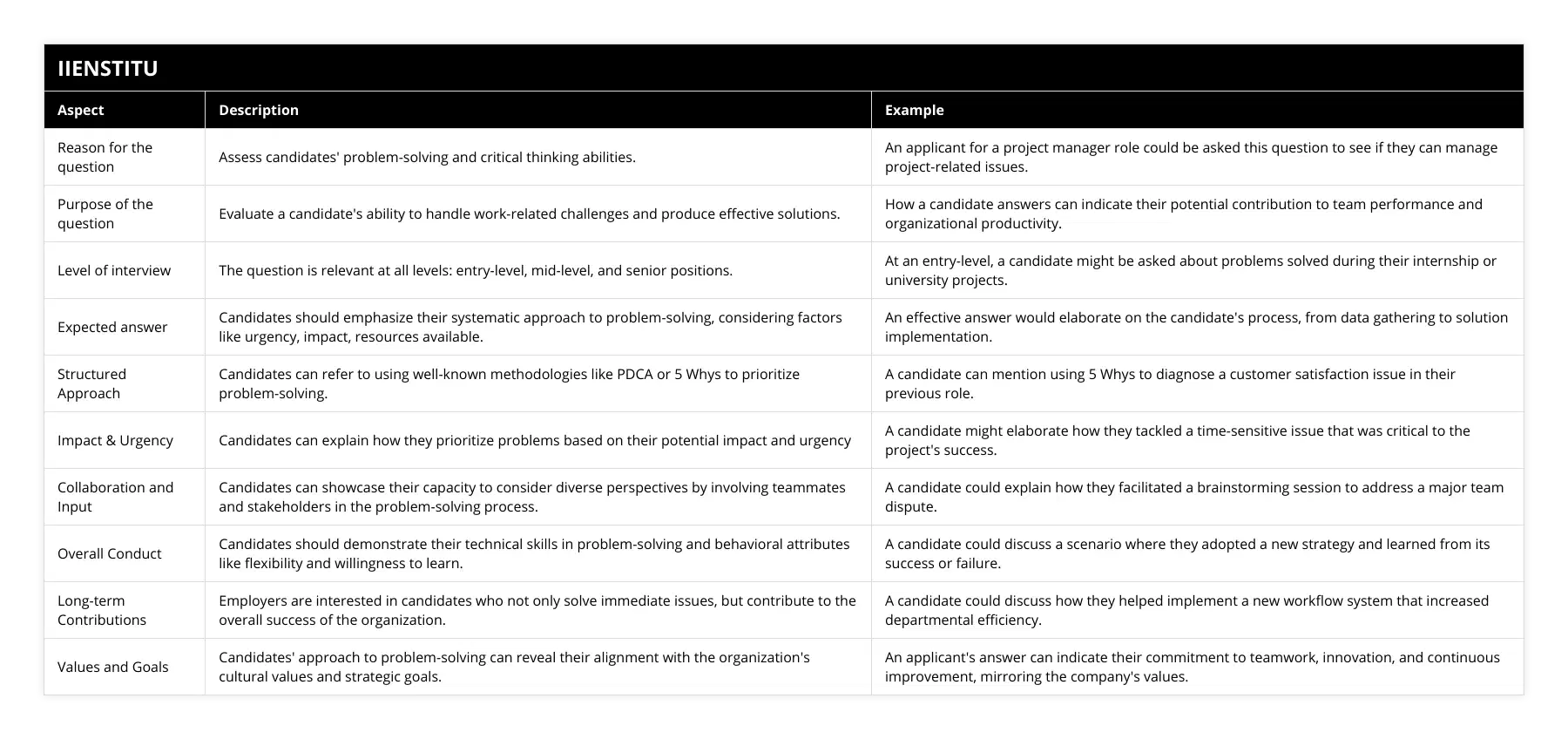
Frequently Asked Questions
How important is problem-solving in today's job market?
Problem-solving skills are highly valued in today's job market as they are essential for driving innovation, resolving conflicts, and overcoming challenges within organizations. Employers prioritize candidates who can think critically, analyze situations, and develop effective solutions.
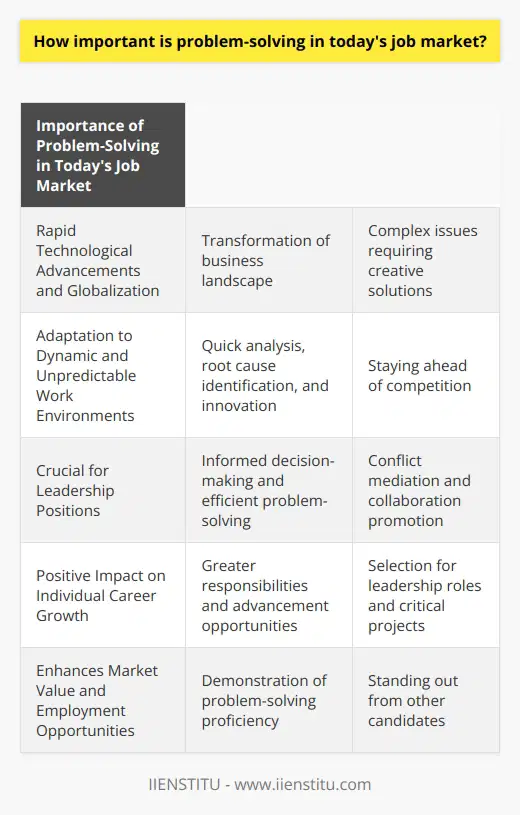
What are some common challenges in problem-solving?
Common challenges in problem-solving include dealing with ambiguity, assessing the root causes of complex problems, and aligning diverse perspectives and opinions. Effective problem-solving requires adaptability and the ability to navigate these challenges.
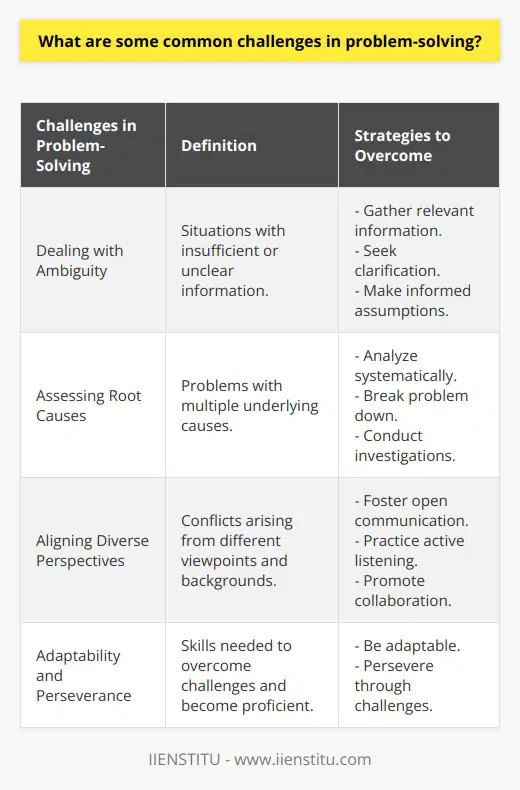
How can one develop problem-solving skills?
Problem-solving skills can be developed through practice, continuous learning, and seeking feedback. Engaging in activities that encourage critical thinking, analyzing case studies, and collaborating on team projects can help enhance problem-solving capabilities.
